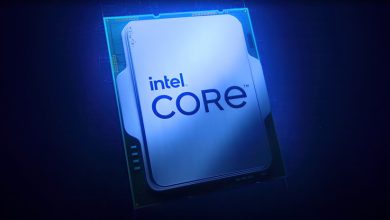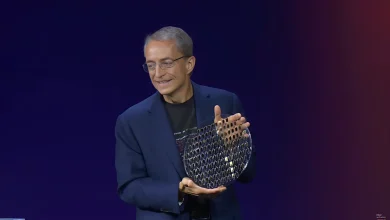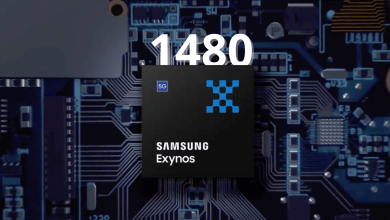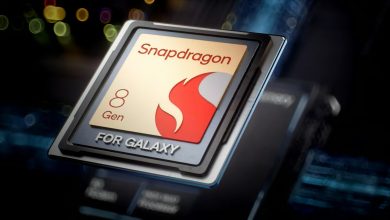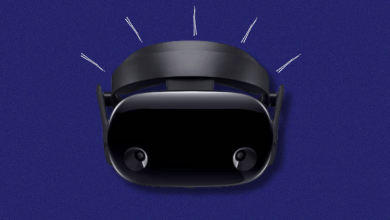Intel Lunar Lake Delivers 1.5x Better Performance than Meteor Lake at Similar Power Levels

We have a new performance rumor regarding Intel’s upcoming Lunar Lake-MX lineup, launching later this year. As per the leak, Lunar Lake offers 1.5x higher performance than Meteor Lake at near similar TDPs.
8C/8T Lunar Lake-MX CPU Smokes 10C/12T Meteor Lake-U Counterpart Despite Lacking Hyperthreading
Lunar Lake comes tailored for different TDP levels, 8W (No Fan) and 17W (Single Fan) being the currently known configurations per leaked information. Bionic_Squash reports that Intel has given leverage to OEMs by extending the cTDP from 17W to 30W, depending on the chosen cooling solution.
At 17W, single-fan-equipped Lunar Lake-MX systems can be considered the direct successor to 15W Meteor Lake-U offerings. To that end, Bionic_Squash claims that a Lunar Lake sample at 17W was found to be 1.5x faster in multi-threaded workloads than a similar 15W Meteor Lake-U CPU.
The user has not shared any verifiable information, so take this with a grain of salt. Moreover, this report is based on synthetic testing in Cinebench R23 and GeekBench 5.4.5. Real-world performance can vary slightly.
The relevant Meteor Lake-U CPU hosts 2P and 8E cores alongside 12 threads. Meanwhile, Lunar Lake only has 4P and 4E cores with just 8 threads (no HT). Despite featuring 1.5x more threads, Meteor Lake sees Lunar Lake in the lead by a whopping 1.5x.
Lunar Lake: What Do We Know So Far
Based on yesterday’s leak from MLID, Intel is ready to launch Lunar Lake no later than Q4 2024. In fact, it may even hit shelves before Arrow Lake if plans go accordingly.
- Lunar Lake
- Up to 4 Lion-Cove P Cores and 4 Skymont E Cores with no SMT
- 8 Xe2 (Battlemage) iGPU Cores
- Support for On Package LPDDR5x-8533 Memory
- CPU+GFX Tile Built Using TSMC’s N3B Node
- SoC Tile Built Using Intel 18A
- Next-Gen NPU 4.0
- Support for WiFi 7 and Bluetooth 5.4
- 40% Efficiency Uplift Touted
- 2.5 TFLOPS (12W) | 3.8 TFLOPS (Peak Performance)
It is becoming evident that Intel has significantly revamped the underlying architecture with ARL and LNL. Removing Hyperthreading, thus far, hasn’t actually yielded any noticeable setbacks, even in benchmarks.
Since this is probably an Engineering Sample, the performance is expected to improve as time goes on. In light of recent rumors, do you have high expectations from Intel this year? Tell us in the comments.
Source: Bionic_Squash
